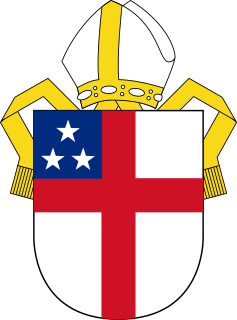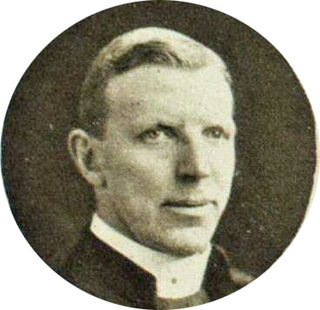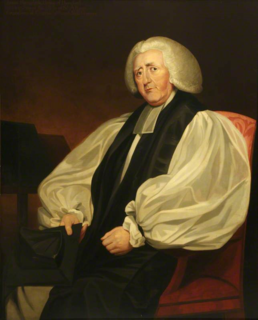Alan Macdonald Johnson (1871 – July 1934) was an Anglican priest, most notably Archdeacon of Wellington from 1919 until 1934.
An archdeacon is a senior clergy position in the Syriac Orthodox Church, Church of the East, Chaldean Catholic Church, Anglican Communion, St Thomas Christians, Eastern Orthodox churches and some other Christian denominations, above that of most clergy and below a bishop. In the High Middle Ages it was the most senior diocesan position below a bishop in the Catholic Church. An archdeacon is often responsible for administration within an archdeaconry, which is the principal subdivision of the diocese. The Oxford Dictionary of the Christian Church has defined an archdeacon as "A cleric having a defined administrative authority delegated to him by the bishop in the whole or part of the diocese." The office has often been described metaphorically as that of oculus episcopi, the "bishop's eye".

The Diocese of Wellington is one of the thirteen dioceses and hui amorangi of the Anglican Church in Aotearoa, New Zealand and Polynesia. The diocese covers the area between the bottom of the North Island of New Zealand up to the area of Mount Ruapehu.
Johnson was educated at Gonville and Caius College, Cambridge [1] and ordained in 1895. [2] After curacies in Coulsdon and Wellington he held incumbencies at Greytown and Masterton. Later he was at St Mark, Wellington then St Paul's Pro-Cathedral in the same city. He was also the Vicar general of the Diocese of Wellington from 1925 to 1929.

Gonville & Caius College is a constituent college of the University of Cambridge in Cambridge, England. The college is the fourth-oldest college at the University of Cambridge and one of the wealthiest. The college has been attended by many students who have gone on to significant accomplishment, including fourteen Nobel Prize winners, the second-most of any Oxbridge college.

A curate is a person who is invested with the care or cure (cura) of souls of a parish. In this sense, "curate" correctly means a parish priest; but in English-speaking countries the term curate is commonly used to describe clergy who are assistants to the parish priest. The duties or office of a curate are called a curacy.

Coulsdon is a town in south London, mainly within the London Borough of Croydon, with parts of Coulsdon also falling under the London Borough of Sutton and Reigate & Banstead. It is south of Croydon's historic boundaries at Purley and is approximately 13 miles (20.9 km) from Charing Cross.
He died in July 1934.






